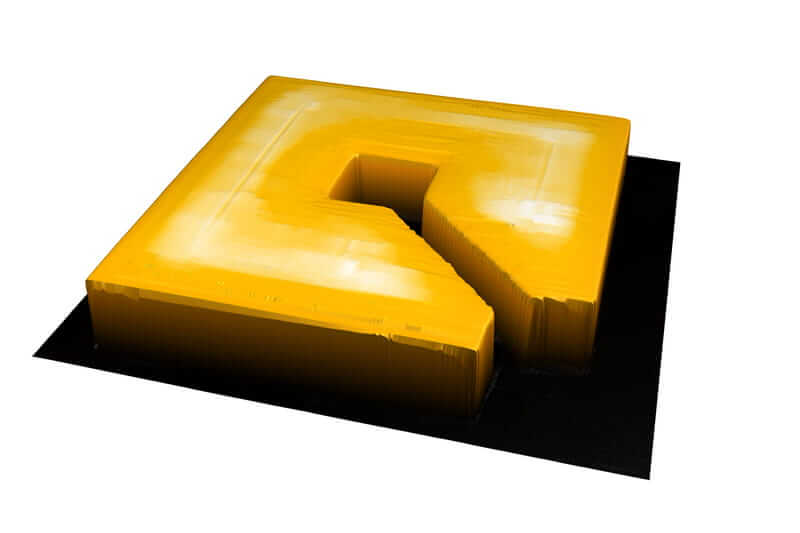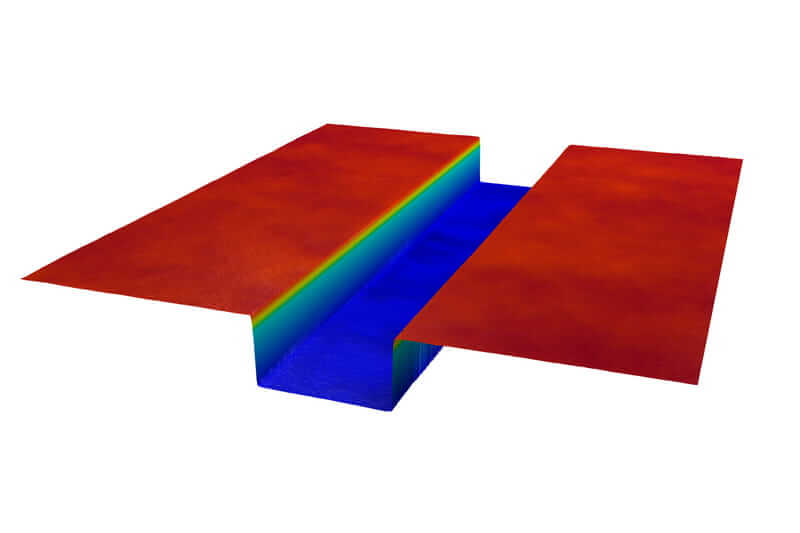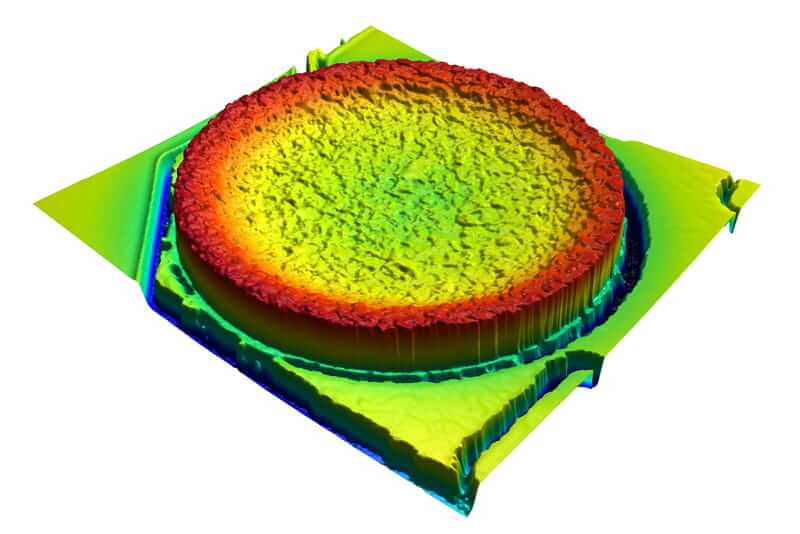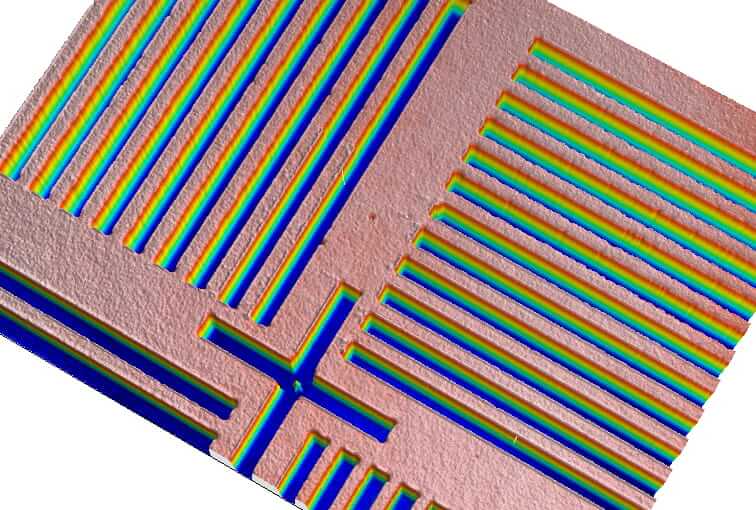■Stylus Options
Tencor P-170提供多种探针用于测量台阶高度、台阶高宽比、粗糙度、样品翘曲度和应力。探针针尖的半径从40纳米到50微米不等,这决定了测量的横向分辨率。探针角度从20到100度不等,这决定了所测量特征的最大高宽比。所有探针都采用金刚石制造,以减少磨损并增加其使用寿命。

■Sample Chucks
The Tencor P-170 has a range of chucks available to support application requirements. The standard is a vacuum chuck with support for measuring samples from 75 to 200mm. A stress chuck is available with 3-point locators to support the sample in a neutral position for accurate bow measurements. Additional options for bowed wafer sample handling are available.

■Handler Options
The Tencor P-170 handler includes an aligner for opaque wafers (e.g., GaAs) and a cassette station for 200mm wafers. Options include transparent sample alignment (e.g., sapphire), smaller sample sizes ranging from 75mm to 150mm, a second cassette station, a cassette slot mapper, a signal tower, and an ionizer.

■Isolation Tables
The Tencor P-170 is configured with the TMC 68-500 Series free-standing isolation table, which uses air isolators to provide passive isolation. This is a custom isolation table that meets SEMI S8 ergonomic requirements, placing the keyboard, mouse, monitor, and cassette station at the correct ergonomic height.
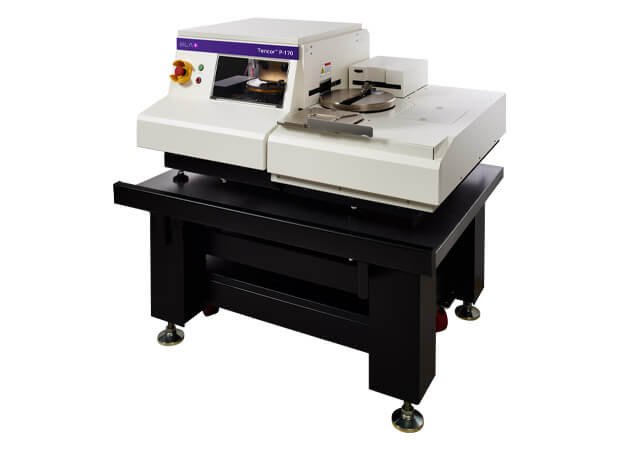
■Step Height Standards
The Tencor P-170 uses thin and thick film NIST-traceable step height standards offered by VLSI Standards. The standards feature an oxide step on a silicon die mounted on a quartz block, or an etched quartz step with a chrome coating. 200mm wafer based step height standards are also available. A step height range of 8nm to 250µm is available.

■Apex Analysis Software
Apex analysis software enhances the standard data analysis capability of the Tencor P-170 with an extended suite of leveling, filtering, step height, roughness, and surface topography analysis techniques. Apex supports ISO roughness calculation methods, plus local standards, such as ASME. Apex can also serve as a report writing platform with the capability to add text, annotations, and pass/fail criteria. Apex is offered in eleven languages. 
■Offline Analysis Software
The Tencor P-170 offline software has the same data analysis and recipe creation capability that exists on the tool. This enables the user to create recipes and analyze data without using valuable tool time.

■Pattern Recognition
Pattern recognition uses pre-taught patterns to automatically align the sample. This enables fully automated measurements for enhanced measurement stability by reducing the impact of operator error. Pattern recognition combined with advanced calibrations reduces stage positioning error and enables seamless transfer of recipes between systems.

■SECS/GEM and HSMS
SECS/GEM and HSMS communications support factory automation systems and enable remote control of the Tencor P-170. Measurements results are automatically reported to host SPC systems, plus alarms and key calibration/configuration data. The Tencor P-170 is compliant with SEMI standards E4, E5, E30, and E37.



